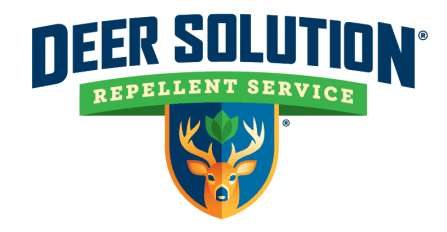Lehigh County, Pennsylvania, finds itself in the midst of an environmental and public safety challenge as the deer population continues to rise unchecked. This overpopulation is not just a matter of local concern but poses significant questions about the balance between human habitation and wildlife, the integrity of local ecosystems, and the safety of the community’s residents.
The Ecological Impact
The burgeoning deer population has led to a noticeable degradation of local ecosystems. Deer, by nature, are browsers and their feeding habits can lead to significant damage to local flora, particularly trees and shrubs. This overgrazing impacts not only the aesthetic value of Lehigh County’s landscapes but also raises concerns about the long-term ecological balance and biodiversity.
The question remains: Can trees recover from deer damage? While many plants have remarkable resilience, the constant pressure from an overpopulated deer community can hinder natural regeneration processes and alter the ecological fabric of the region.
Public Safety at Risk
The issue of deer overpopulation has direct implications for public safety, particularly concerning vehicle collisions. Pennsylvania ranks as the top state in the U.S. for animal-vehicle collisions, a statistic that underscores the urgent need for effective deer management strategies.
These incidents not only pose a risk to human life but also contribute to the mortality rate among the deer population, further complicating the challenge of overpopulation management.
Agricultural Challenges
The agricultural sector in Lehigh County is feeling the pressure of deer overpopulation, with significant crop damage leading to financial losses for local farmers. The USDA has identified Pennsylvania as one of the top states for wildlife-related crop damage, underscoring the economic implications of this ecological dilemma.
Local farmers’ experiences reflect the broader struggle within the agricultural community to protect their livelihoods against the backdrop of an expanding deer population.

Community and Legislative Action
In response to the multifaceted challenges posed by deer overpopulation, Lehigh County and the broader Pennsylvania community are exploring a range of measures. From physical barriers like fencing to repellents, various strategies have been considered to protect gardens and crops.
Moreover, the Pennsylvania Farm Bureau’s collaboration with state and federal legislators highlights the move towards comprehensive strategies that balance wildlife management with agricultural and residential needs.
Towards Sustainable Solutions
The quest for sustainable solutions to the deer overpopulation issue in Lehigh County emphasizes the need for a balanced approach that considers ecological, economic, and safety concerns. Community involvement, awareness campaigns, and collaboration with wildlife agencies are pivotal in crafting effective strategies.
The goal is to establish a harmonious coexistence between humans and deer, ensuring the protection of local ecosystems, the viability of agriculture, and the safety of the community.
As Lehigh County tackles this complex issue, the insights and strategies developed here could serve as valuable lessons for other regions facing similar challenges. The proactive and adaptive approach to wildlife management in Lehigh County underscores the importance of community engagement and innovative solutions in addressing environmental and public safety challenges.







